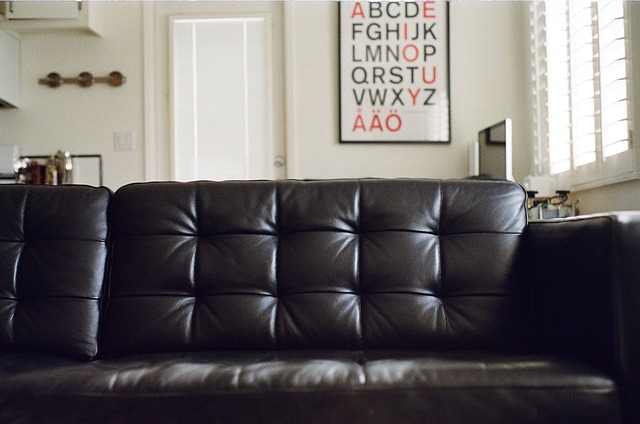Subletting can be leasing the property you’ve already rented for other people to use, making you their landlord or it can be getting a roommate for the extra cash. However, it is much more complicated than gaining supplemental income. Common in larger cities, subletting your home or apartment must come with the permission of your actual landlord. It is a business transaction that should be treated professionally.
Why Do People Sublet?
People sublet their homes and apartments for various reasons. They may do it for extra money, or if they have to move to another location before their lease is up. College students often sublet homes and apartments because it is cheaper. Sometimes, people are gone for months at a time and they will sublet during this time to make up for their travels financially, and to keep up their home in the meantime.
 How Can I Sublet?
How Can I Sublet?
It is important to remember that not just anyone can sublet their department. It should be in agreement with your current lease or acceptable by your landlord. If you are in truly a desperate financial situation, simply explain it and you may be pardoned. Honesty is the best policy in these cases, as a bad experience can hurt your ability to rent again in the future.
For many landlords, sublease monitoring is a possibility, which helps them insure your subtenant treats the property as they should without violating their lease agreement. This is why it is vital that your property manager or landlord knows about what you are doing.
How Do I Find a Subletter?
Once this is allowed, make sure that your subletting agreement is on paper. To properly sublet your living space, get the details in writing and make sure the contract is signed and agreed upon by both parties and notarized. Check with your landlord before you create your sublease, as they sometimes have one on hand for tenants to use. Also, get a deposit from your subletter as well, just as your landlord does with his or her tenants.
 When you decide that you need a subtenant and you get the green light from your landlord, be careful on who you choose and make sure that you can trust them. Whether you are finishing out a lease or need someone to stay in your home for a few months, you want to be able to trust them with your home.
When you decide that you need a subtenant and you get the green light from your landlord, be careful on who you choose and make sure that you can trust them. Whether you are finishing out a lease or need someone to stay in your home for a few months, you want to be able to trust them with your home.
Clean your home before you present it to your chosen tenant or those you are considering. Be sure you get personal references and can trust them. Aks for their rental or financial history as well. Take pictures for record in case anything is damaged. This will all protect you in the long run.
What Should I Expect From My Tenant?
Because the most common reason to employ a sublease is for financial reasons, make sure to underline and determine the financial expectations from a subtenant. It will depend on the rates in your area, but typically both rent and utilities are included in each monthly payment. You should expect a security deposit at time of move-in. All terms and financial responsibilities should be written out clearly so everything runs smoothly.
Regardless of the reason for subleasing, make sure that every step of the process is done properly. It should be legally binding and have a contract to match. Talk to your current landlord, talk to your new tenant, and keep things professional throughout.
Protect the integrity of your property and belongings by taking in a subtenant you can trust within a contract you have confidence in. This is your home, and all parties involved should feel safe.











